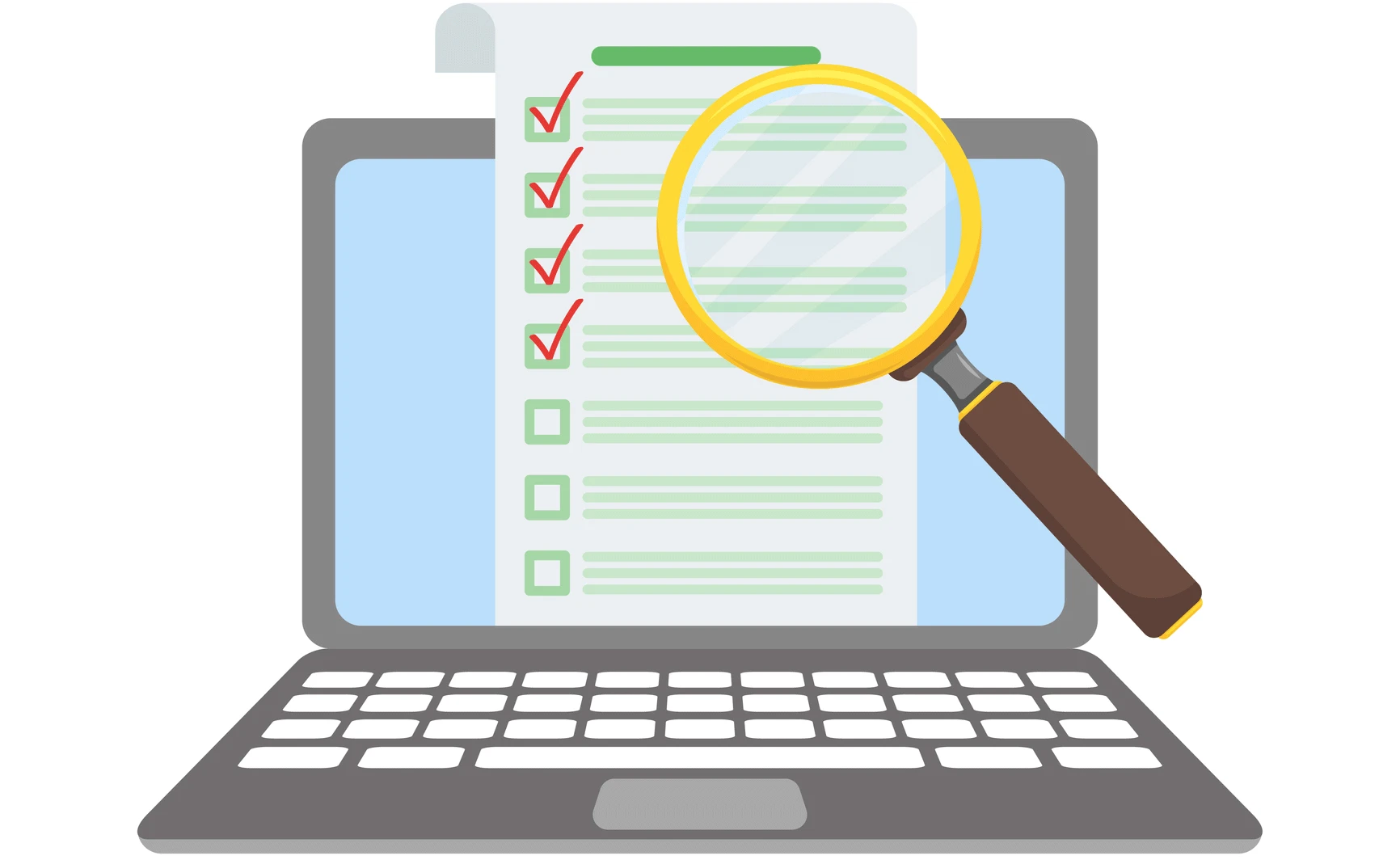Editors' Update - supporting editors, every step of the way.

귀하의 브라우저가 완벽하게 지원되지 않습니다. 옵션이 있는 경우 최신 버전으로 업그레이드하거나 Mozilla Firefox, Microsoft Edge, Google Chrome 또는 Safari 14 이상을 사용하세요. 가능하지 않거나 지원이 필요한 경우 피드백을 보내주세요.
이 새로운 경험에 대한 귀하의 의견에 감사드립니다.의견을 말씀해 주세요 새 탭/창에서 열기
2024년 1월 25일
저자: Eleanne van Vliet, DrPH, Angela Welch, PhD

© istockphoto.com/ Mark Kolpakov
Citations are a hot commodity in the research community and, as with most aspects of human activity, they have their more unscrupulous (unethical) side. Given the power that citations can bring, it’s hardly surprising that some actors resort to dubious (and occasionally blatantly fraudulent) means of inflating their citation count. You might have noticed an increase in questionable citation practice coming across your own desk. Perhaps there have been more instances of reviewers “suggesting” that (unrelated) references be made to their work amongst their other feedback to authors. Or perhaps, just before the final publication approval, the author has added excessive and unsolicited citations in their revised manuscript.
You might think that this is a “victimless” behavior, but that’s not so alas. Requesting or adding citations for self-promotion is a violation of publication ethics. In the worst-case scenario, a journal’s indexation may be placed in jeopardy, which could have an adverse effect on the number and quality of future submissions. Similarly, an editor involved in citation coercion may be asked to step down from their editorial responsibilities (note this guidance from COPE) 새 탭/창에서 열기. It is therefore very much in the journal’s interest that you are aware of the nature of this problem – and stay alert for such practices. Read on for our Internal Scientific Editors’ top tips for identifying and handling different types of citation manipulation at each stage in the peer review process.
Self-citation. When a manuscript comes to you for review, you might notice an excessive number of self- or co-authored articles in the reference list, and you may have used the (new) Reference Analyzer to assist you in identifying such cases (NB it has a filter for easily identifying self-citations). These could be warning signs that the author(s) are trying to inflate their own citations. As an editor, you may decide to continue handling the paper if it’s within the scope and general criteria you’re looking for; in this case, we recommend you proceed with a watchful eye for any other ethical hallmark(s). At the time peer review comments are provided, it is important that you ask the author(s) to revisit their list of references to ensure it is representative of the latest research on the topic, and request justification of any self-citations. Self-citation might be simply a case of an inexperienced researcher trying to inflate their career or could be a warning sign of more serious misconduct. Let’s consider this potential as we delve into the next technique used to inflate citations. Top tip: You can use the “referenced authors” tab in the “Find Reviewers” tool 새 탭/창에서 열기 to look for potential signs of citation misconduct including “author”, “published together in the last 5 years”, “same country”.
Citation stacking. If during the review process of a manuscript, you note excessive citations suggested by reviewers, all related to a particular group of authors or journal(s), you have encountered some of the hallmark signs of a citation ring or even a larger scale paper mill (see Elsevier’s three-part miniseries: “paper mills: see the wood through the trees”). How should you approach such a case? If you become aware of such an instance of unreasonable suggestions for additional citations, you can play a critical role as an editor to prevent such coercive citation manipulation. You should alert the author(s) that citations not contributing to the scientific content of the manuscript should not be included as a condition for publication (see these guidelines from COPE 새 탭/창에서 열기). Additionally, we encourage you to send an ad-hoc email to the referee(s) within Editorial Manager to remind them that reference recommendations must point to a specific section of the paper and contain a justification as to why that source should be considered. If you suspect a larger citation ring or paper mill operation, contact your Publisher to discuss whether a more formal investigation should be initiated.
Citation stuffing (en masse). What if you find authors themselves inflating the reference list between the original and revised versions of the manuscript, independent of relevance or recommended requirements? Adding copious citations at this late stage of the peer review process, especially if not requested during revisions, might be a warning sign of a larger citation/publication ring or paper mill. The authors must provide sound justification for any additional citations and remove any unapproved additional references from the final submitted manuscript.
We hope that the above guide helps you recognize the hallmarks of citation manipulation throughout the review process and offers some useful tips on handling this behavior. Stay tuned for more on this topic!
Thanks to Roberto Sole, Jessica Tom, and Inge Werkman for their contributions

EVVD

AWP
